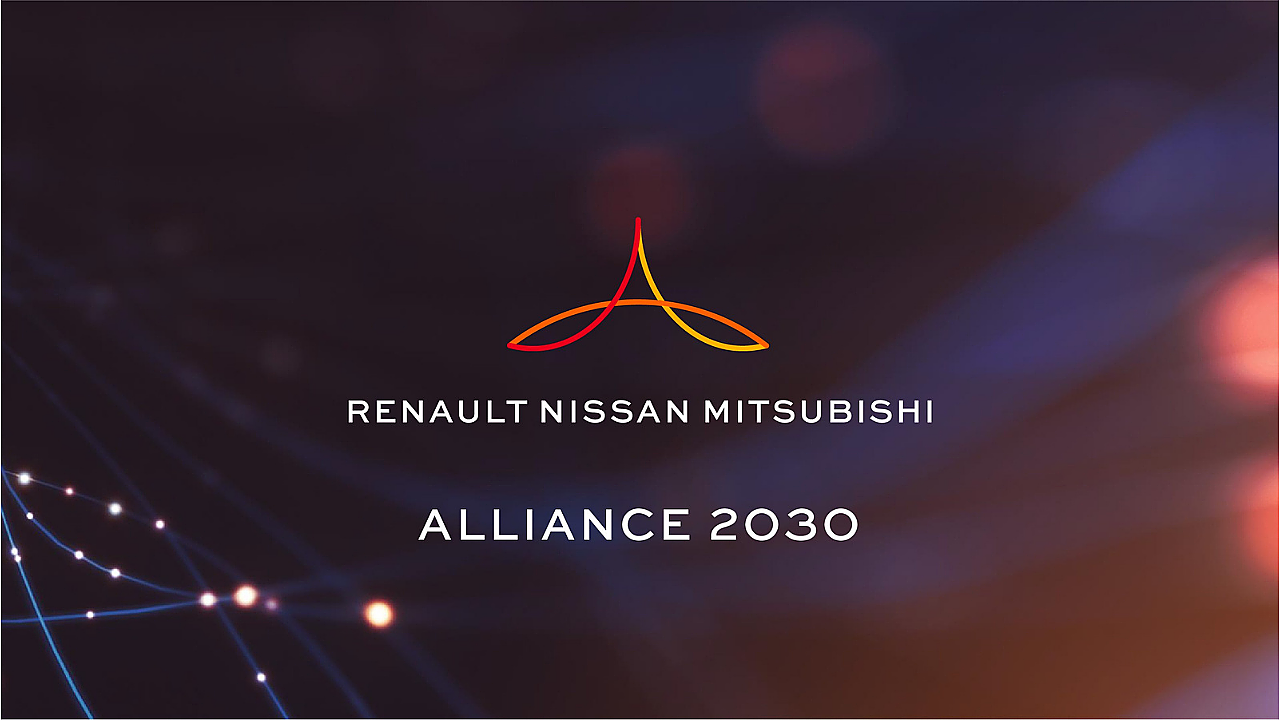
In a bid to accelerate and shape their shared future towards 2030, focusing on the mobility value chain, Renault, Nissan and Mitsubishi Motors, the members of leading automotive alliances, on Thursday announced common projects and actions.
A year and a half after announcing its new cooperative business model to support member-company competitiveness and profitability, the alliance is now based on solid foundations, benefits from an efficient operational governance organisation and from intensified and flexible cooperation.
Continuing the Leader-Follower scheme defined in May 2020, select technology is developed by one leading team with the support of the followers, thereby allowing each member of the alliance to access all the key technologies.
According to a statement from the alliance companies, it has defined a common 2030 roadmapon pure-EV and Intelligent & Connected mobility, sharing investmentsfor the benefits of its three-member companies and their customers.
Jean-Dominique Senard, Chairman of the Alliance, said, “Today the alliance is accelerating to lead the mobility revolution and deliver more value to customers, our people, our shareholders and all our stakeholders. The three member-companies have defined a common roadmap towards 2030, sharing investments in future electrification and connectivity projects. These are massive investments that none of the three companies could make alone. Together, we are making the difference for a new and global sustainable future; the Alliance becoming carbon neutral by 2050.”
Smart Differentiation
The Alliance members have developed a “smart differentiation” methodology that defines the desired level of commonality for each vehicle, integrating several parameters of possible pooling, such as platforms, production plants, powertrains or vehicle segment. Strengthening this process, the Alliance members will enhance the usage of common platforms in the coming years from 60% today to more than 80% of its combined 90 models in 2026.This will allow each company to deepen their focus on their customers’ needs, best models, and core markets while also extending innovations across the Alliance at a lower cost.
Five Common EV Platforms
Renault, Nissan and Mitsubishi have pioneered the EV market, with more than € 10 billion already invested in the field of electrification. In the primary markets (Europe, Japan, the US, China), 15 Alliance plants already produce parts, motors, batteries for 10 EV models on the streets, with more than one million EV cars sold so far and 30 billion e-kilometres driven.
Building on this unique expertise, the Alliance is accelerating with a total of € 23 billion more investment in the next five years on electrification, leading to 35 new EV models by 2030.
About 90% of these models will be based on five common EV platforms, covering most markets in all major regions - CMF-AEV, KEI-EV, LCV-EV, CMF-EV and CMF-BEV.
Common Battery Strategy
The Alliance is working with common partners to achieve real scale and affordability, enabling to reduce battery costs by 50% in 2026 and 65% by 2028. With this approach, by 2030, the Alliance will have a total of 220 GWh battery production capacity for EVs across key production sites in the world.
Beyond that, the Alliance shares a common vision for all-solid-state battery technology (ASSB). Based on its deep expertise and unique experience as a pioneer in battery technology, Nissan will lead innovations in this area that will benefit all Alliance members.
A recent agreement is with Ionity via the Alliance Emobility Service Provider Plug Surfing, which will allow its customers to access at preferential pricing to the Ionity ultra-fast charging network in Europe.
With shared platforms and electronics, by 2026, Alliance members expect to have more than 10 million vehicles on the road across 45 Alliance models equipped with autonomous driving systems.
Today, about three million vehicles are connected to the Alliance Cloud with permanent data exchanges.
By 2026, more than 5 million Alliance cloud systems will be delivered per year, with 25 million total cars on the road. The Alliance will also be the first global, mass-market OEM to introduce the Google ecosystem in its cars.
Under Renault’s leadership, the Alliance develops a common centralised electrical and electronic architecture converging electronics hardware and software applications to offer maximum benefits and optimal performance.
The Alliance will launch its first full software-defined vehicle by 2025. With this vehicle, the Alliance will improve its cars Over The Air performance throughout their life cycle.
The statement added that the Alliance best-in-class digital experience will be the gateway to an unprecedented amount of data, paving the way to the automotive industry’s next frontier.